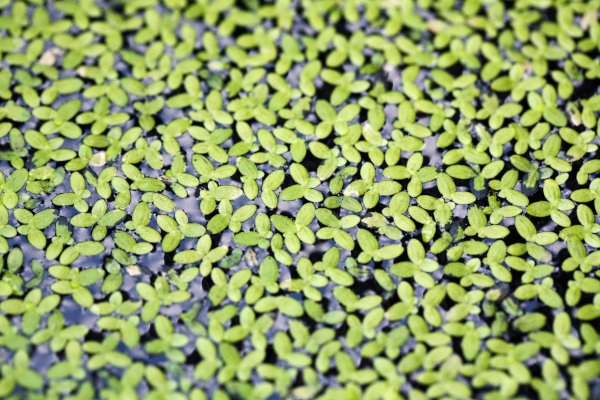
The looming crisis in food, water, and sanitation has been identified as “one of the greatest human development challenges of the early 21st century” (UN, 2006). Approximately one third of the earth’s population (2.4 billion people) are without sanitation, and one in eight (1 billion people) are chronically hungry and suffer from protein-energy undernourishment (PEU). The massive amounts of nutrients (ex., carbon, nitrogen, and phosphorous) that are currently released into the environment as waste have the potential to be recovered and transformed from a liability into an asset through photosynthesis. When exposed to elevated ammonia in wastewater, the highly prolific aquatic plant, duckweed, can shift its metabolism to preferentially synthesize amino acids over sucrose resulting in the generation of highly nutritious protein. Thus, with proper management, nitrogen in wastewater can be converted into protein-rich plant biomass and harvested for a range of potential applications, including: direct consumption; protein extraction for use in processed foodstuffs; or use as fodder for dairy and meat animals. Although duckweed has shown promise as a feedstock for animal production, its extracted protein quality has not been evaluated in vivo, nor has its ability to bioaccumulate trace contaminants from domestic wastewater been evaluated. Direct assessment using animal models (ex., mice) is essential to demonstrating duckweed’s value as a protein supplement and potential use in the food commodities market. The overarching goal of this research is to help simultaneously provide fundamental human rights to sanitation and food security by enhancing nutrient recovery from waste streams and optimizing the production of safe, nutritious, sustainable proteins.



